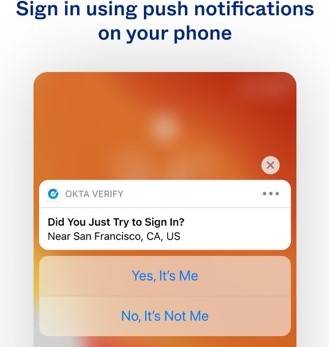Mobile Safety
Click the links below to visit more GVSU Mobile Safety resources:
Report Smishing View Reported Smishing Report Issue or Incident
If you see something, say something. Use the links below to report or view smishing security issues.
Mobile Safety Tips
Mobile phones have become indispensable companions in our daily lives. However, as our reliance on these pocket-sized powerhouses grows, so does the risk of mobile phone attacks. From phishing attempts to malware infiltrations, threats are diverse and ever-present. Here are some essential strategies to fortify your mobile fortress and protect your digital kingdom.
-
Update, Update, Update: Keeping your mobile operating system and apps up to date is your first line of defense. Developers regularly release security patches and updates to address vulnerabilities. Neglecting these updates leaves your device susceptible to exploitation.
-
Enable biometric authentication: Take advantage of biometric features offered by your mobile device, such as fingerprint scanning or facial recognition. These mechanisms provide an additional layer of security beyond traditional passcodes, making it significantly more challenging for unauthorized users to gain access.
-
Beware of Public Wi-Fi: Public Wi-Fi networks can be breeding grounds for cyber criminals. Avoid accessing sensitive information on unsecured networks, like online banking. Consider using a virtual private network (VPN) for encryption.
-
Official Apps: Use apps available in your device’s official store – NEVER download from a browser. Be wary of apps from unknown developers or those with limited or unfavorable reviews.
-
Review App Permissions: Regularly audit your apps' permissions. Some applications may request access to unnecessary information, potentially compromising your privacy and security. Limit app permissions to the essentials for functionality.
-
Educate Yourself on Phishing Tactics: Mobile phone attacks often involve phishing attempts through emails, text messages, or social media. Be cautious of unsolicited messages, and never click on suspicious links. Verify the sender's legitimacy before providing personal or financial information.
-
Implement Two-Factor Authentication (2FA): Enhance your account security by enabling two-factor authentication wherever possible. This extra step, typically involving a code sent to your mobile device, adds a critical layer of protection against unauthorized access.
-
Backup Your Data: In the event of a successful attack or loss of your device, having a recent backup ensures a quick restoration of your data. Utilize cloud services or external storage devices to keep a secure copy of your essential information.
By incorporating these strategies into your mobile security regimen, you can significantly reduce the risk of mobile phone attacks. Stay vigilant, stay informed, and strengthen your digital defenses to ensure a secure and seamless mobile experience.
Okta Verify Example:

Tip: Here is an example of Okta Verify being used as MFA for mobile safety.
For more information on how to block spam, you can visit the resources below:
Zoom | Block Zoom Calls Android | Block Phone & Text Messages iPhone | Block Phone & Text Messages
(Tip: Test yourself and see if you can verify where the link is sending you by hovering over the button.)
